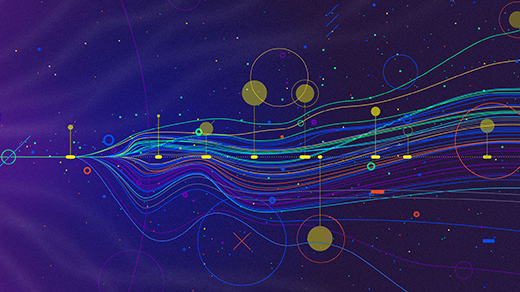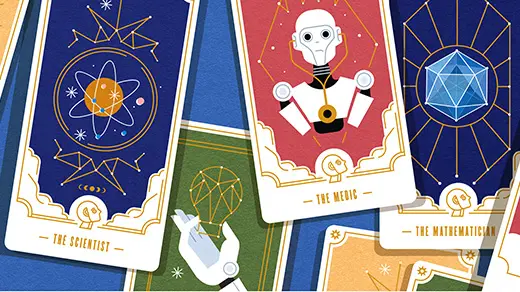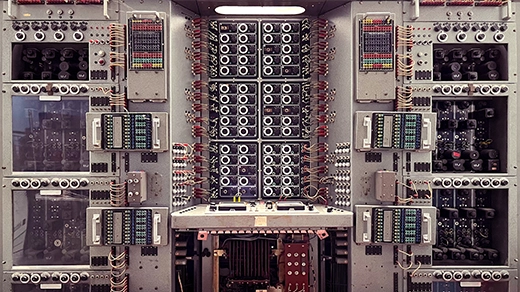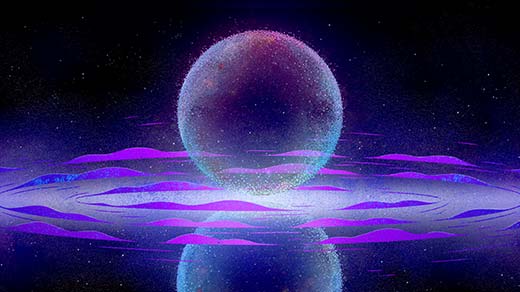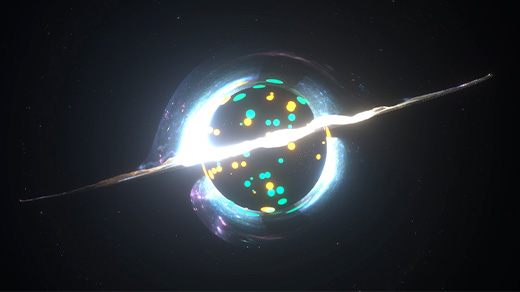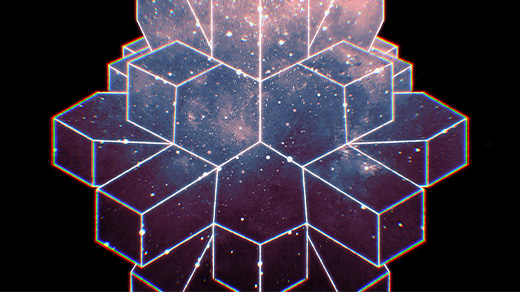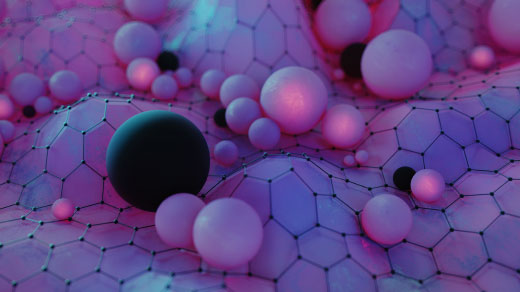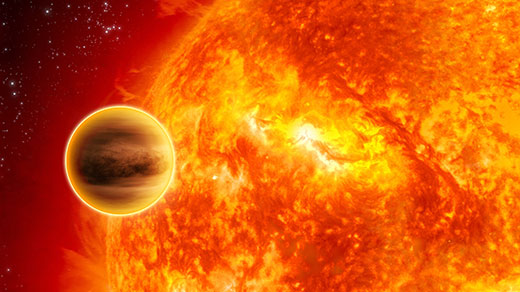Latest Articles
Science, Promise and Peril in the Age of AI
An exploration of how artificial intelligence is changing what it means to do science and math, and what it means to be a scientist.
Where Do Scientists Think This Is All Going?
We asked some of the world’s foremost experts an impossible question. Amazingly, they answered.
What Is Analog Computing?
You don’t need 0s and 1s to perform computations, and in some cases it’s better to avoid them.
The Year in Physics
Puzzling particles, quirky (and controversial) quantum computers, and one of the most ambitious science experiments in history marked the year’s milestones.
The Year in Physics
Featuring paradoxical black holes, room-temperature superconductors and a new escape from the prison of time.
The Hidden Structure of the Universe
Our new series of articles explores the search for fundamental structure at the edge of science.
The Year in Physics
Physicists saw a black hole for the first time, debated the expansion rate of the universe, pondered the origin of time and modeled the end of clouds.
Physics Nobel Honors Early Universe and Exoplanet Discoveries
The astronomers Michel Mayor and Didier Queloz won half of the prize for their 1995 discovery of a Jupiter-like planet orbiting a nearby star. The cosmologist James Peebles won the other half for work exploring the structure of the universe.
The Trouble With Turbulence
Turbulence is everywhere, yet it is one of the most difficult concepts for physicists to understand.

